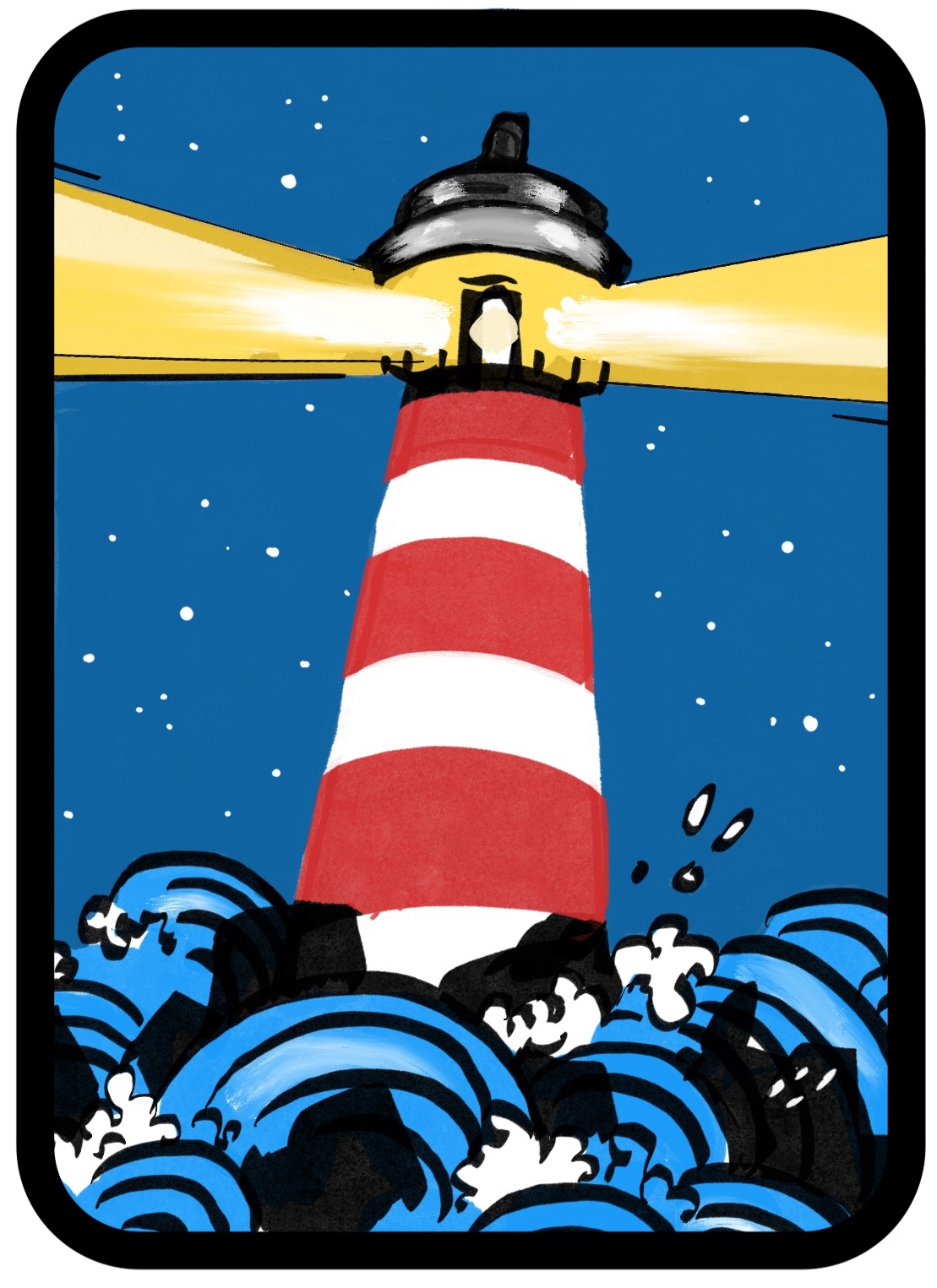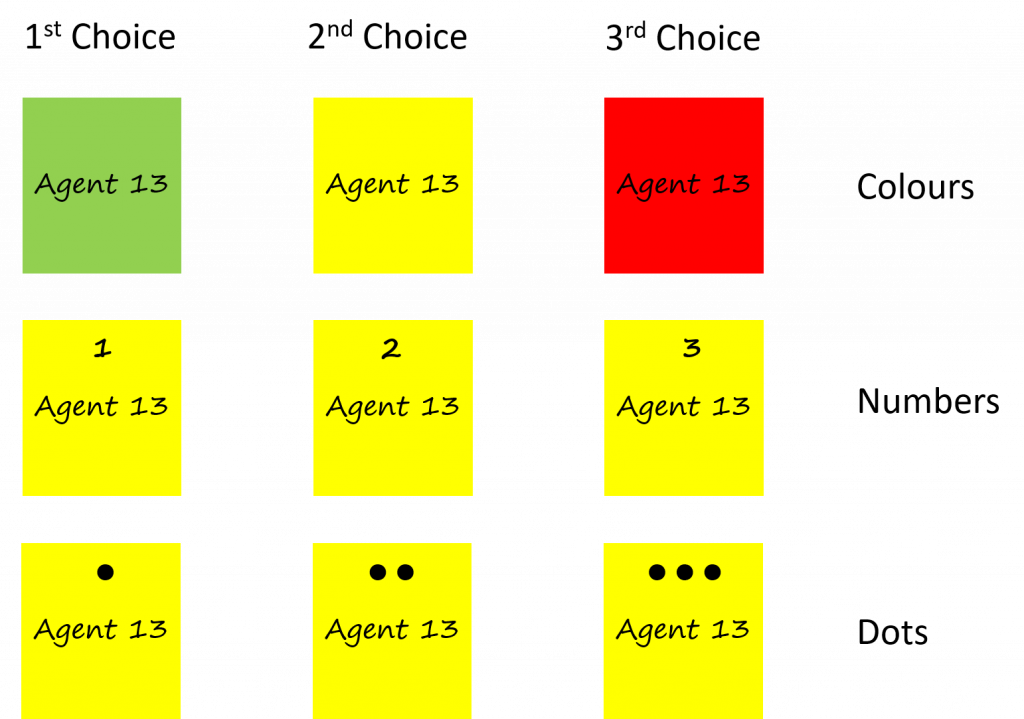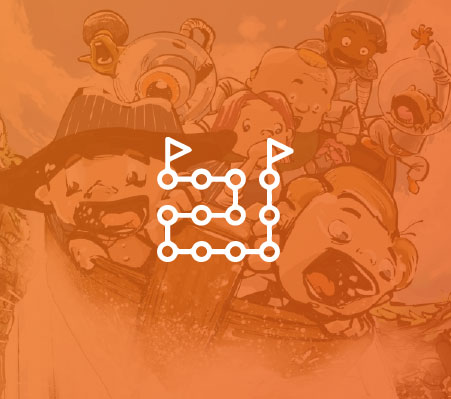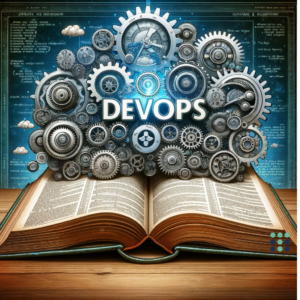Back in the days of Microsoft, a crazy idea was used to create self-formed teams, allowing every team member to choose what they wanted to work on. Read Self-forming Teams at Scale, by Brian Harry 2015, for the complete story.
 | Allowing teams to “self-form” empowers stakeholders to choose their purpose and strengthens the core pillars of an effective team: trust, commitment, and accountability. |
Pre-requisites
Before you start this exercise, ensure that you have the following prepared:
- Compelling direction – VISION
- The WHAT and WHY/team
- Business domain expert (Product Owners)/team
- Expert coaches (Scrum Masters)/team
- Supportive engineering process
Briefing
- Set the scene by presenting the compelling direction.
- Introduce the enabling structure, engineering process, known constraints, and proposed teams.
- Allow the product owners and scrum masters to present their team and convince everyone why their team is the best thing since sliced cheese with holes.
It is a sales job!
- Optionally give everyone a cool off period to think and have discussions with peers and leadership.
Self-formation
- Agree on a common standard to depict first, second, and third choice. For example, colours, dots, or numbers.

- Give everyone three sticky notes.
- Ensure that all teams are collocated, so that everyone can interact and assess who they may be working with.
- Allow everyone time to place their three sticky notes next to the teams they want to join.
Formation
- After the sticky note session, the leadership, product owners, and scrum masters discuss forming their teams.
- Everyone’s personal preference is important!
- Ensure there is transparency on the reasoning behind the final team formations.
Reality
- Leadership can do a bit of marketing and selling ahead of time to nudge key resources in the right direction.
- Not everyone can get their first choice, which is why we ask users to pick a second and third.
Allow everyone to “make it fun”.
Teams need to be inspired!






